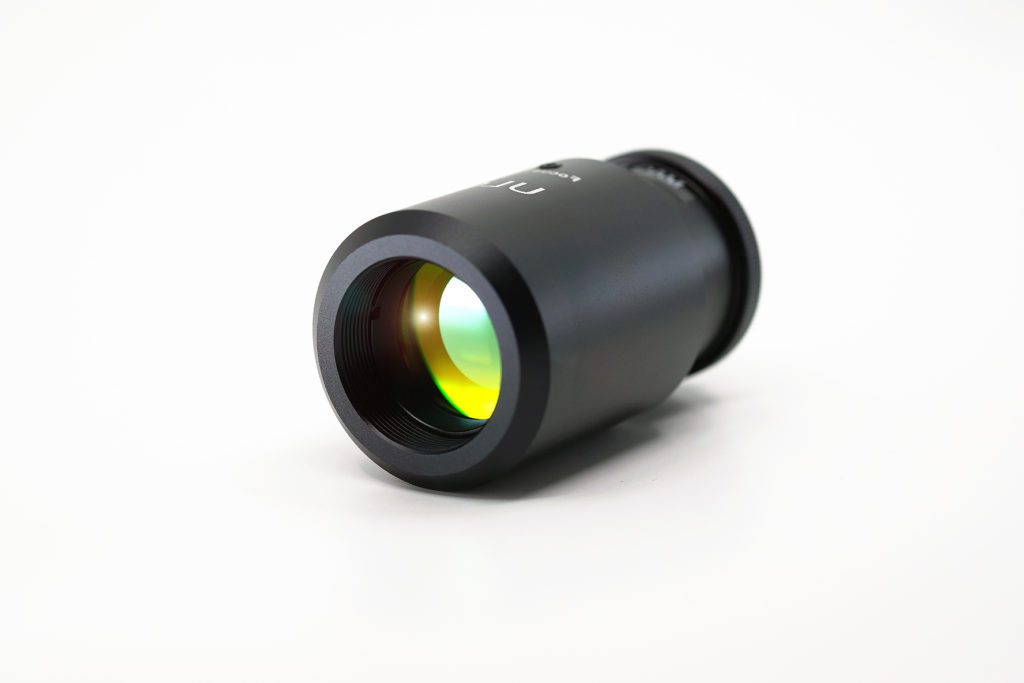BeamExpanders
Beamexpanders C-BE
CO2MPACT beamexpanders are optically identical to ULO Optics’ BSL12 series. The difference is that the CO2MPACT version has a slightly longer body and is modified to take a thread insert at the output end. The input end has a built-in thread. The slide-and-lock focus mechanism allows beam wavefront radius to be adjusted. The central position being factory set for infinity focus. However, the actual setting needed, will be determined by experimentation.
The magnifications available are listed the Table 1 below along with input clear apertures. Note that the lowest and highest magnifications possible in the housing are 1.3 and 7.0 respectively. Although a longer
housing is possible to cover magnifications 7 to 12.
The output lens is common to all magnifications and together with the mechanical length of the slide-and-lock slot, determines the focusing range of +1 metre through infinity to –1 metre. Thus the beamexpander can be used as a ‘long working distance’ focusing lens. When used as such, however, the focal length is equal to the working distance (=G) divided by the magnification, m, i.e. F = G/m
E.g. when a x7 beamexpander is adjusted to focus over 1400mm, the (effective) focal length is 1400 / 7 = 200mm, not 1400mm.
You can use F = 200mm in the equation above for spot size, S, provided D
is the input beam diameter (alternatively, you could use 1400mm for ‘F’ and the output beam diameter for ‘D’: both are larger by the magnification factor).
Beamreducers
Occasionally, someone may wish to use a beamexpander in reverse, as a beamreducer. In principle there is no reason why this cannot be done, however, there are a few cautions to bear in mind:
1) The power density at the output will increase with the square of magnification, m (‘m’ being the
magnification of the beamexpander).
2) The far-field divergence angle of the output beam and any angular misalignment errors of the beam, increase by the magnification, m. Centring the beam to the beamexpander will therefore be more critical
and it may grow more rapidly than you expect.
3) The focusing becomes much more critical. The range will be approximately +1000/m2 through infinity to -1000/m2 millimeters. Therefore some short focusing distances are possible. It is advisable when setting up the beamreducer, not to have any other optics further down the beam until the focusing is set correctly. This will prevent possible damage from having a focused beam accidentally directed onto another optical component.
